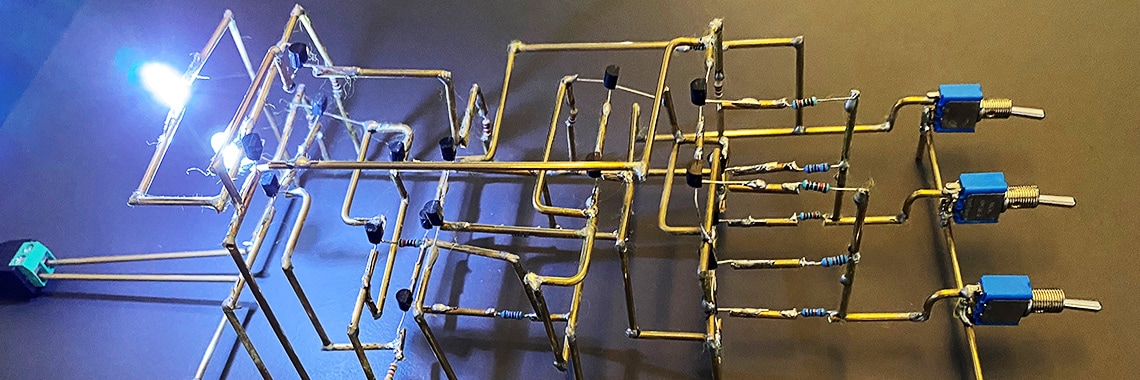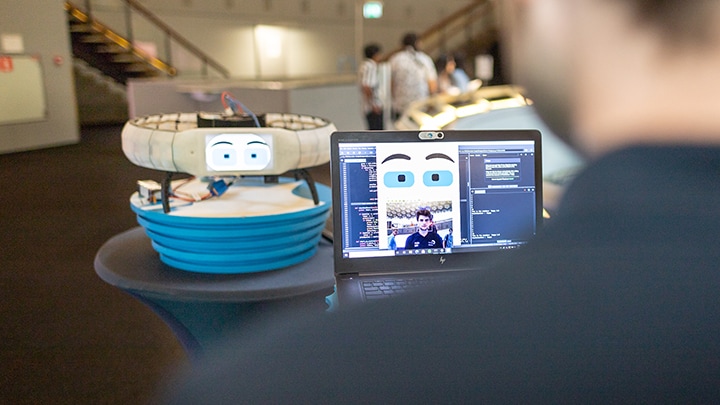An exhibit of semiconductor history reinterpreted as art recently finished its
run at
ArtEZ University of the Arts in the Dutch city of Arnhem, close to Nijmegen, and it was based on
NXP’s large collection of machinery and technologies dating back to when
Philips, NXP’s predecessor, opened Europe’s first semiconductor factory in
1953.
A Creative Twist on Semiconductor Innovation
“We have so much history literally stored in the basement, starting with the
very first memory chips that we made by hand,” explained Jan-Paul Kimmel,
social responsibility manager at NXP’s facility in Nijmegen. “While we’ve
preserved the collection over the years, our former site manager challenged us
to innovate in order to make that history more engaging for people today.”
The team came up with the idea of using the drawings and technology artifacts
as the basis for works of art, and they brought the idea to the
Design, Art and Technology program at the ArtEZ University of the Arts. From that innovative idea
came an internship for fourth-year students who worked with NXP on their
graduation project.
 Berend te Linde
Berend te Linde
Visualizing Technologies’ Impacts
Their work, which was displayed at the ArtEZ Finals from 30 June to July 4,
2021 visualized the structural beauty of microchip technology and used art to
explore the social and ethical impacts of human interaction with tech.
Bright minds. Bright futures. NXP team members create breakthrough technologies that advance our world.
The future starts here.
NXP’s Continuing Support
Based on the success of this collaboration, NXP has established a foundation
to engage with ArtEZ students on future projects, and Nijmegen is supportive
of the idea, too. So, there could be more temporary or even permanent art
installations in the city’s future.
 Erik de Geus
Erik de Geus
NXP is focused on accelerating breakthroughs that anticipate, automate, and
advance the world, but context and perspective matter and looking back and
understanding our past is a part of looking forward. We’re inspired to work
with student artists to help make those connections more real and engaging.
Jan-Paul Kimmel
More info on the Artez Design, Art and Technology Programme and the exhibition:






